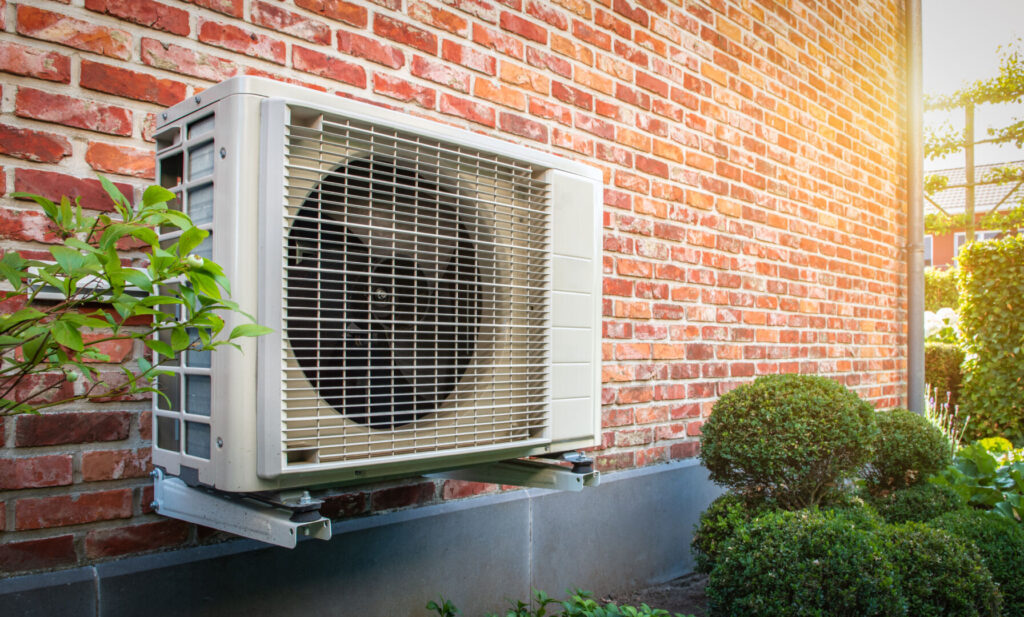As summer approaches and temperatures rise, keeping your home cool and comfortable becomes a top priority. However, running your air conditioning unit can also lead to higher energy bills, which is why understanding the seasonal energy efficiency ratio (SEER) is crucial. SEER isn’t just industry jargon—it’s your ticket to cool comfort without breaking the bank. Using SEER, your air conditioner can be optimized to run smoothly, cool your home faster, and cost less to operate. But what exactly is SEER, why it matters, and how you can maximize your cooling system’s efficiency?
What is Seasonal Energy Efficiency Ratio (SEER)?
The seasonal energy efficiency ratio (SEER) is a measure of an air conditioner’s or heat pump’s cooling efficiency over an entire cooling season. It represents the ratio of the total cooling output (in British Thermal Units or BTUs) divided by the total energy input (in watt-hours) required to operate the unit during the same period.

In simpler terms, Think of SEER as the miles per gallon metric on your car, except replace the miles with the cooling device’s total cooling output (in British Thermal Units or BTUs) and replace the gallons of gas with the total energy input (in watt-hours) the cooling device needs to function properly over an extended period of time.
At it’s core, SEER tells you how efficiently your air conditioning system converts electrical energy into cooling power. The higher the SEER rating, the more energy-efficient the unit is, and the lower your electric bill will be during warm months.
When purchasing a new cooling unit in the United States, the unit’s SEER rating can be found on the energy guide sticker. The minimum SEER rating for new air conditioners is set by the Department of Energy and varies depending on the region and type of air conditioning system.
Why is SEER Important?
SEER is an important metric for evaluating the energy efficiency of air conditioners because it provides a standardized way to compare the energy efficiency of different models. This apples-to-apples comparison is crucial for several reasons:
- Energy Savings: Air conditioning systems with higher SEER ratings consume less energy to produce the same amount of cooling, resulting in lower utility bills and reduced environmental impact.
- Environmental Impact: As we all know, cooling your home takes a lot of energy. Cooling units with high SEER ratings use less energy, mitigating the effect on the environment, while still keeping you cool.
- Long-term Cost Savings: While higher SEER units may have a higher upfront cost, they can significantly reduce your energy expenses for the cooling unit over the long-term.
What is a Good Seasonal Energy Efficiency Ratio (SEER) Rating?
As technology has advanced, a good SEER rating ten years ago would look bad when compared to the SEER rating of a new cooling unit today. In 2024, the U.S. Department of Energy mandated a minimum SEER rating of 14 for new central air conditioning systems in the northern United States, including Wisconsin. Since southern states are more reliant on cooling units, minimum SEER ratings are higher, with most southern states requiring a SEER rating of 15.
While you could legally pick up a cooling unit with a SEER rating of 14, that rating would mean you would pay the most in energy costs for the cooling you get over the long-term. Many experts recommend installing units with SEER ratings of 16 or higher for energy efficiency and cost savings.
How to Calculate SEER?
The seasonal energy efficiency ratio formula is:
(Total Cooling Output in BTUs) / (Total Energy Input in Watt-Hours) = SEER
Modern air conditioning units display their SEER rating prominently on the unit’s energy guide sticker as well as in the product manual.
How to Raise Air Efficiency?
In addition to choosing a high-efficiency air conditioning unit with a good SEER rating, there are several steps you can take to further improve your cooling system’s efficiency:
- Proper Installation: Ensure your unit is correctly sized for your space and is installed by a professional HVAC technician.
- Regular Maintenance: Ensuring your cooling system is running smoothly by cleaning or replacing filters before warm weather hits can improve efficiency.
- Adequate Insulation and Sealing: Getting the cool air into your home is only half of the challenge. The other half is making sure the cool air stays there as long as possible. Properly insulating your home and sealing air leaks can reduce the workload on your air conditioning unit, saving you money.
- Shading and Ventilation: Providing adequate shading and ventilation can reduce the amount of cooling required for your home, further boosting your system’s efficiency.
High SEER Rating Cooling Units Available at Harker
By understanding SEER and implementing energy-efficient practices, you can enjoy a comfortable indoor environment while minimizing your energy costs and environmental impact. If you’re in the market for a new air conditioning system or need professional maintenance services, contact the experts at Harker Heating & Cooling Inc. today to keep cool and save money this summer.




